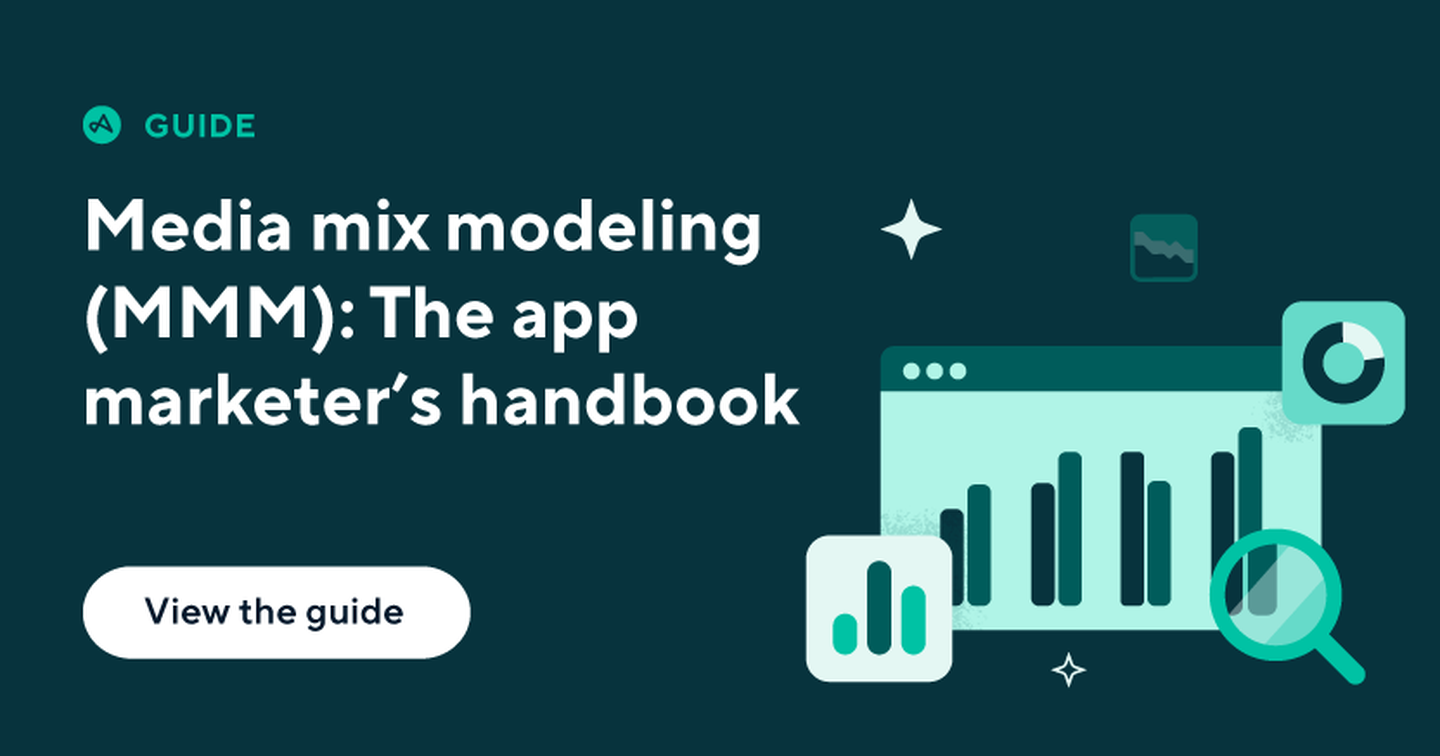
Harmonizing paid and organic for integrated marketing success

Alix Carman, Content Writer, Adjust, Feb 28, 2024.
The intricate dynamics between the paid advertising and organic growth of an app often spark debate. After all, there are a lot of apps on the market. So it’s important that your app gets noticed. But it’s also important that it gets noticed by the right users. And that you’re not paying for users you would’ve otherwise acquired organically. This can make forming a cohesive marketing plan feel like a precarious balancing act.
Ultimately, the interplay of paid and organic efforts will vary depending on a number of factors. Gaining a better understanding of the symbiotic relationship as it applies to your individual app forms the crux of a successful mobile app growth strategy. Let’s look at three key considerations to help you drill down on the best approach for your unique needs.
Consideration one: App vertical
Over the years, Adjust data has shown that organic and paid user acquisition (UA) have varied in ratio, but they’ve stayed relatively close to 50/50 with organic installs taking the lead. However, when we get into the weeds a bit more, we can see that this ratio takes drastically different shape depending on an app’s vertical.
Consideration two: Channel
Next, take into account how each individual channel can shape the interaction between paid and organic. What does this mean? Well, each channel has its own algorithm. As a result, some algorithms are built to encourage you to spend more on the paid ad side to get a better organic result. Meanwhile, others discourage this practice.
For example, when it comes to search engine marketing, Google clearly states that, “Investment in paid search has no impact on your organic search ranking.” In contrast, there is a direct correlation between Apple Search Ads (ASA) and organic app store rankings. Adjust ASO partner AppTweak says, “The App Store and Google Play’s algorithms take into account factors such as the number of downloads, number of impressions, and the click-through rate to rank an app.”
Then, there’s social media, which is a completely different ball game because your users can directly follow your brand on individual platforms and engage with content from the beginning of your account’s posts.
Consideration three: Funnel stage
There’s also the full funnel to regard when considering the interplay between paid and organic. The dynamics between the two at awareness-level are likely to differ drastically from conversion-level.
As one example, you may opt to initially focus on paid UA to target an audience that your analytics has proven is more likely to convert. Once you’ve built up brand loyalty with this user base, you may opt to ramp up your organic marketing efforts with referral campaigns to attract a lookalike audience. Organic marketing with emails, in-app messages, and push notifications may suffice for a bit, and then you may pinpoint an event within your analytics that needs another paid nudge. It’s all about testing and learning at various stages along the user journey.
Avoiding organic cannibalization and crafting a bespoke approach
It goes without saying that the complex tapestry of paid and organic marketing efforts is vast and multifaceted. So what’s the solution? Coming to an accurate conclusion for your individual app will take a combination of next-generation measurement approaches. At Adjust, we refer to this as the ‘triangulation approach’, as it uses three key tactics: Attribution, incrementality, and media mix modeling (MMM). Together, you’ll get a view of the big picture.

Past: Attribution shows you what has already happened so you can start to form a picture of which campaigns and channels have previously lead to installs or specific events.
Present: Incrementality testing measures the precise impact of an individual marketing effort on a specific KPI compared to a benchmark. This is crucial for identifying whether your paid efforts have a positive, negative, or neutral impact on your organic baseline so that you can avoid cannibalization where possible.
Future: MMM forecasts the likely future influence of an app’s digital marketing efforts within the context of offline initiatives and external factors like seasonality.

Navigating the complex web of paid and organic marketing for mobile apps is both an art and a science. The key is to continuously analyze and understand these dynamics as they apply to your specific app and audience. By delving into detailed analytics, leveraging the strengths of different channels, and considering the full marketing funnel, you can craft a balanced strategy that not only captures immediate attention but also nurtures long-term user engagement.
The good news is you’re not alone. Adjust is here to help you navigate the ever-changing landscape of mobile marketing. Request a demo to see how we can work together to skyrocket your app’s growth.
Be the first to know. Subscribe for monthly app insights.




